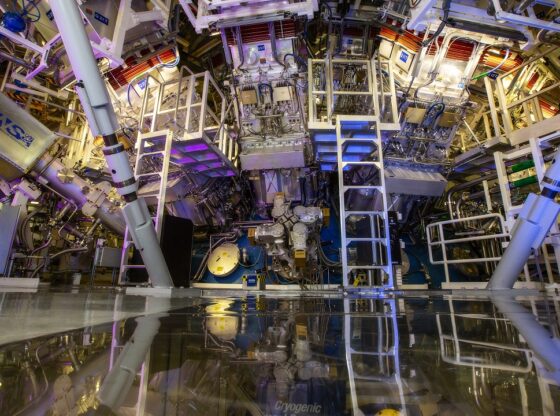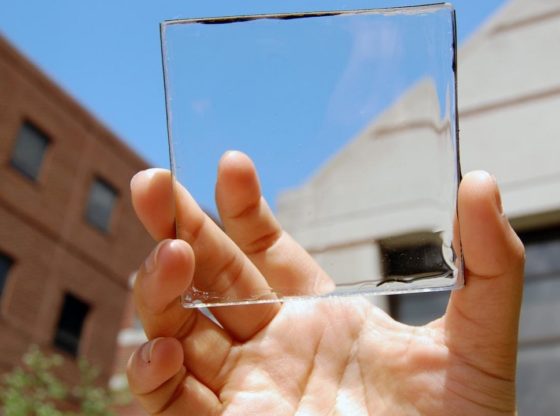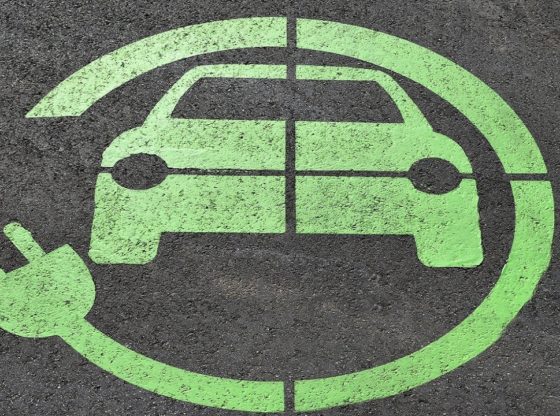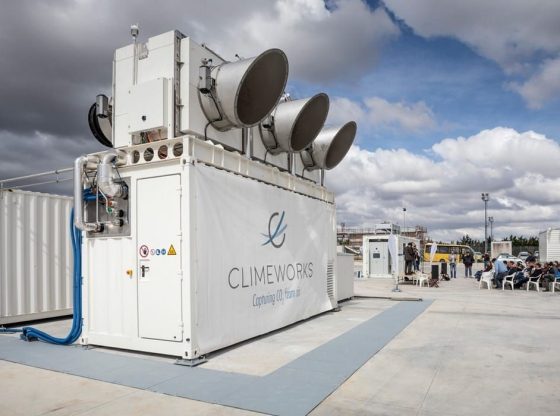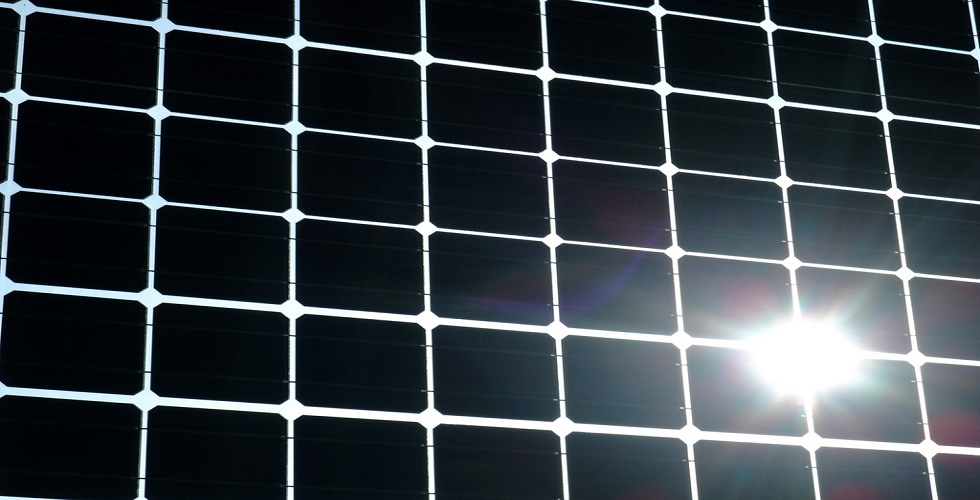
Swedish researchers have made progress into a future with both cheaper and more environmentally friendly methods of producing solar cells. They have managed to use iron instead of rare elements to capture the energy from sunlight.
Solar cells today make use of several rare and expensive elements such as ruthenium, ten times more expensive than iron. The Swedish researchers at the University of Lund have managed to convert sunlight into electrons, instead of heat, which has been the major obstacle when using iron.
This was achieved using unstable state of an iron complex dye. The team worked on creating iron-based solar cell dyes for three years and ultimately succeeded. “Many researchers have tried to replace ruthenium with iron, but without success,” says Lund’s Professor Villy Sundström. “All previous attempts have resulted in molecules that convert light energy into heat instead of electrons, which is required for solar cells to generate electricity.”
“The advantage of using iron is that it is a common element in nature. It can provide inexpensive and environmentally friendly applications of solar energy in the future.”, according to professor Kenneth Wärnmark at Lund University.
Their research has resulted in a paper Iron Complex Efficiently Harvests Sunlight In Dye-Sensitized Solar Cells published in the journal Nature Chemistry.
_______________
Breakthrough for iron based dyes can lead to cheaper and environmentally friendly solar energy applications
Iron Complex Efficiently Harvests Sunlight In Dye-Sensitized Solar Cells
______________________________

